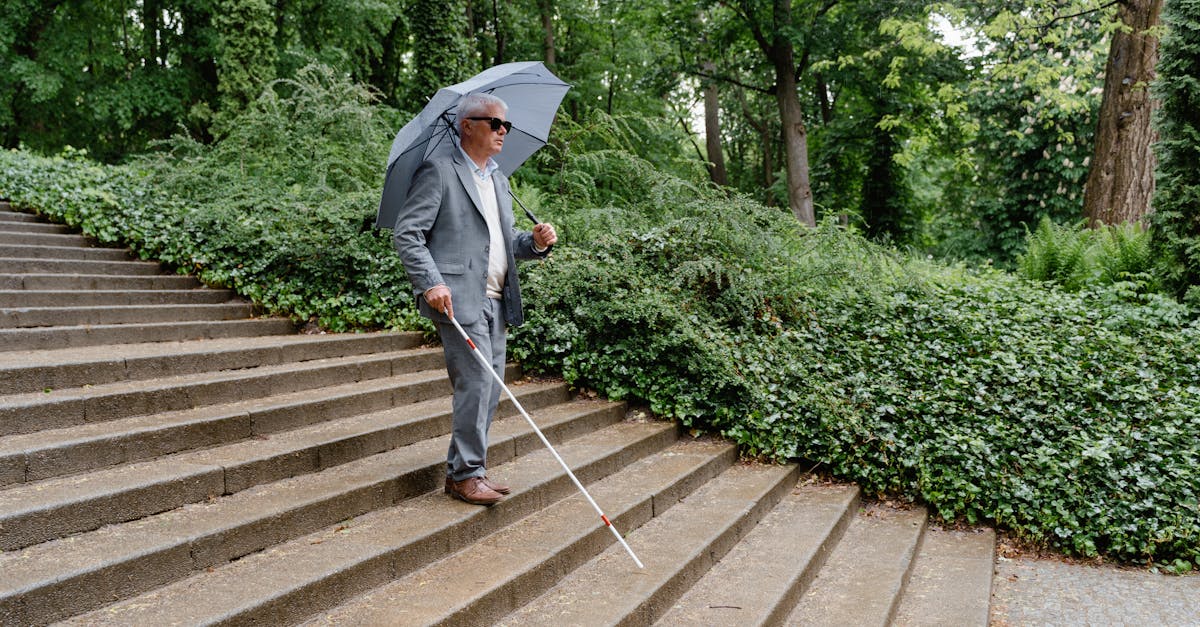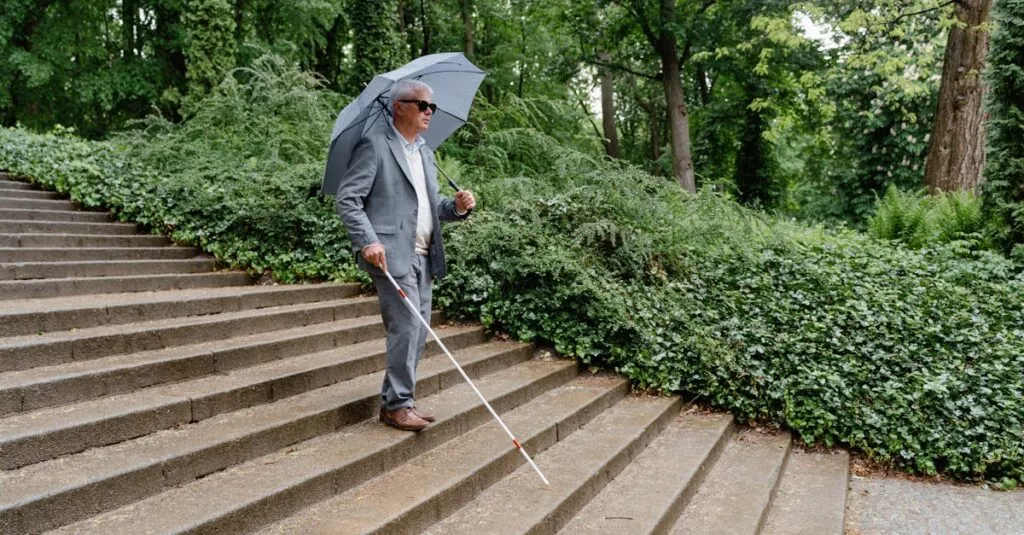Understanding ChatGPT
Have you ever wondered about the best way to introduce technology to your little ones? Meet ChatGPT, an AI buddy that can make learning fun! Developed by OpenAI, ChatGPT answers questions, tells stories, and even helps with homework. It’s not just another digital distraction; it’s a tool for your child’s cognitive growth and creativity. But does it come with challenges? Absolutely, but we’ll dive into those later. Remember, the key is to understand first and act wisely.

Benefits of ChatGPT for Kids
ChatGPT provides a lot of advantages for kids. It can enhance their learning experience by acting as a 24/7 tutor. Imagine your child asking endless questions and always getting an informative response. This can also boost their curiosity and drive to learn more! It’s fun and educational, striking a balance between play and productivity.
Worried about safety? ChatGPT has safeguards, but we’ll cover additional security tips soon!

Guidelines to Introduce ChatGPT
Introducing ChatGPT to your child should be smooth and gradual. Start by explaining what ChatGPT is and how it can help them. Use simple demos to show its capabilities. Set clear usage rules and limit the interaction time initially. Make it a collaborative activity—use ChatGPT together to answer questions and explore topics. This shared experience fosters not just learning but strengthening the parent-child bond.

Managing Screen Time
Keeping an eye on screen time is crucial. While ChatGPT is engaging, it should not replace physical activities. Create a schedule that blends digital interaction with outdoor play. Encourage your child to talk about their ChatGPT experiences, and integrate those learnings into real-world activities. Monitoring tools can also help ensure balanced use. Trust me, finding the right balance will help your child reap maximum benefits without the digital drawbacks.

Addressing Emotional Concerns
Introducing new technologies can be emotionally challenging for both parents and kids. You might worry about dependency or content exposure, and your child might feel overwhelmed by yet another ‘learning tool.’
Address these concerns openly. Use parental controls and regularly review the interactions. Encourage your child to express their feelings about using ChatGPT. This helps in making adjustments that align with their comfort and your peace of mind.

Encouraging Interactive Learning
Imagine your child learning about dinosaurs at school and then asking ChatGPT for more information. Use these teachable moments to foster a love for learning. Encourage questions and let ChatGPT provide the answers. Combine this with library visits or museum trips to solidify the knowledge. Get creative—host a ChatGPT family quiz night to make learning a shared and enjoyable activity. The aim is to create a holistic learning environment that spans both digital and real worlds.

Related Posts:
- ChatGPT: Shaping Future Learning
- Improving Children’s Writing with ChatGPT
- New Digital Teaching Assistant: ChatGPT for Pre-Schoolers
- ChatGPT Implementation in Early Learning
- Pre-School Learning Gap Bridged by ChatGPT
